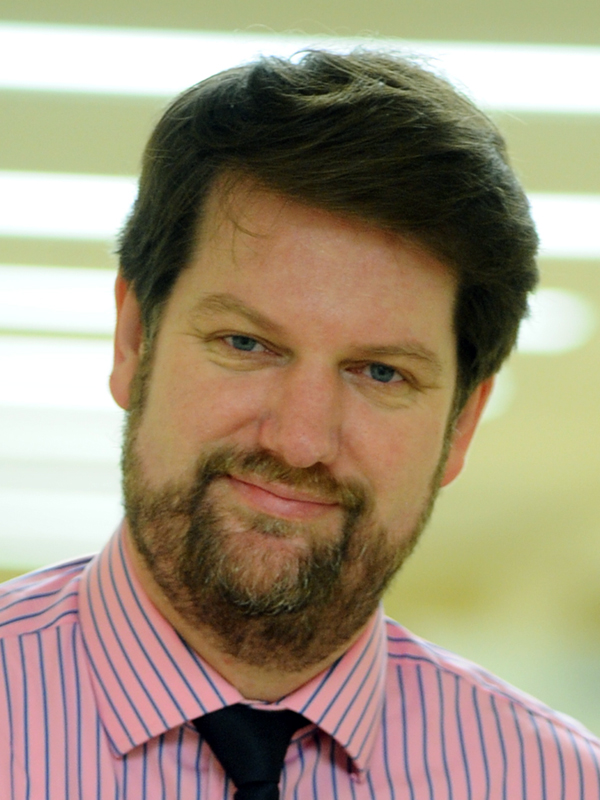Trio of BME Professors Honored
Three biomedical engineering professors at Columbia Engineering have recently been recognized by two professional organizations for their innovative research and leadership.

X. Edward Guo

Andreas Hielscher

Christopher Jacobs
Andreas Hielscher, professor of biomedical engineering, electrical engineering and radiology, and Christopher Jacobs, associate professor of biomedical engineering, have been elected fellows of the American Institute for Medical and Biological Engineering (AIMBE), an honor accorded to the top two percent of medical and biological engineers in the country. Hielscher and Jacobs will be inducted into the 2013 Class of AIMBE’s College of Fellows on February 13 at the Institute’s annual conference.
In addition, Biomedical Engineering Professor X. Edward Guo has been elected as a member-at-large of the board of directors of the Orthopaedic Research Society (ORS), an organization whose mission is to promote, support, develop, and encourage musculoskeletal research and which is a leading forum for the dissemination of new musculoskeletal research findings.
Guo currently serves as membership chair of the international task force for the ORS. As a member-at-large of the board, a two-year term, Guo will lead the group in strategizing its approaches in the financially challenging era of research and growing globalizing threats from Asia. Guo, who also directs the Bone Bioengineering Laboratory at Columbia, was the founding editor-in-chief of the journal, Cellular and Molecular Bioengineering, the founding chair of Biomedical Engineering Society Inaugural Annual Cellular and Molecular Bioengineering Conference, and inaugural chair of the society’s Cellular and Molecular Bioengineering Special Interest Group. He was elected a fellow of AIMBE in 2007.
Much of Guo’s research has focused on predicting bone strength and preventing osteoporosis, from both engineering analysis and biological perspectives. To do so, he and his team have been analyzing high-resolution 3D images of bone from both laboratory samples and non-invasive patients’ images to figure out how to better predict fracture risk in patients and monitor efficacy of anti-osteoporosis treatment. In addition, his lab also developed innovative Quasi-3D microscopy and 3D in vitro models for mechanobiology and mechanotransduction in bones. All these efforts are currently funded by NIH grants.
Hielscher is director of the Biophotonics and Optical Radiology Laboratory, which has a mission to establish optical tomography as a viable biomedical imaging modality. His team is developing state-of-the-art imaging hardware and software that provide three-dimensional distributions of physiologically relevant parameters, such as oxy- and deoxy-hemoglobin, in the human body. The laboratory is currently applying this emerging technology in clinical and preclinical studies that focus on the diagnosis and treatment of breast and pediatric cancer, arthritis, and peripheral vascular diseases. His highly translational research, which also involves novel approaches to fluorescence and bioluminescence molecular imaging, is funded by the NIH and Coulter Foundation.
Jacobs directs the Department of Biomedical Engineering’s Cell and Molecular Biomechanics Lab, which is focused on determining the mechanism that allows cells to sense and respond to extracellular mechanical stimulation. His team is interested in determining the molecular process that allows a cell to convert a physical signal into a biochemical one. Most recently, he has performed pioneering work demonstrating that the ubiquitous and mysterious organelle, known as the primary cilium, plays a critical role in mechanosensing. This has applications in developing new therapies to age-related bone loss, kidney disease, and cancer.
AIMBE has a membership of 1,000 fellows who are leading bioengineers in academia, industry, and government. Fellows, who are nominated each year by their peers, represent an elite group of the medical and biological engineering community and work towards realizing the Institute’s vision to provide medical and biological engineering innovation for the benefit of humanity.
